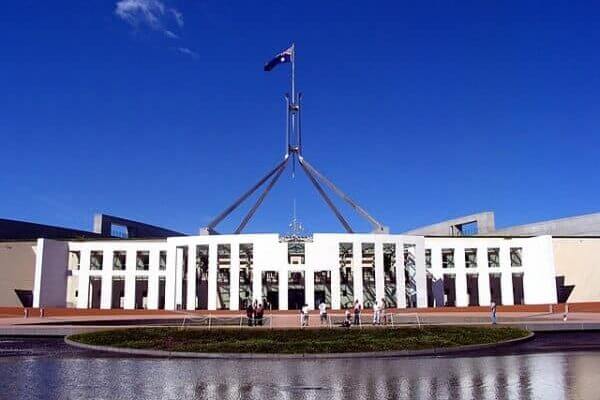Australia is set to implement several changes from July 1, 2023, that will impact various aspects of the country. These changes aim to address labour shortages, support families, and provide long-term certainty for visa holders. Let’s take a closer look at the key changes.
Visa Changes
The Temporary Skilled Migration Income Threshold (TSMIT) is among the notable changes. Currently set at $53,900, TSMIT will increase to $70,000 from July 1. This adjustment will impact both employers seeking to nominate new skilled workers and existing skilled workers nearing visa expiry, as they will require a new nomination from their employer.
Additionally, a pathway to permanent residency will be introduced for “short-term” stream TSS (subclass 482) visa holders, offering more long-term prospects for visa holders in Australia. Further details regarding these arrangements are yet to be released.
Changes in Child Care Subsidy
Families in Australia can anticipate more affordable child care from July 10, 2023. The income limit to receive the maximum Child Care Subsidy (CCS) will increase, benefiting families earning up to $80,000. The maximum CCS percentage will rise from 85% to 90% for families within this income bracket. For families earning over $80,000, the subsidy will start from 90% and gradually decrease by 1% for every $5,000 of additional income.
Moreover, the low-income limit for Additional Child Care Subsidy Transition to Work will increase to $80,000. These changes aim to alleviate financial burdens for families and ensure quality care for children.
Changes in Laws
To address the challenges of an aging population, amendments to the age pension eligibility will take effect from July 1, 2023. The pension eligibility age will increase to 67 years, encouraging older Australians to remain in the workforce longer. Additionally, asset tests will be revised, allowing part-rate homeowner couples to receive an increase of up to $97.50 per fortnight, while single homeowners could receive up to $62.25 per fortnight, subject to income and asset tests.
The disqualifying income thresholds for pension payments will be set at $2,332 and $3,568 per fortnight for singles and couples, respectively. Asset thresholds for single homeowners and non-homeowners will be $656,500 and $898,500, while couple homeowners and non-homeowners will have thresholds of $986,500 and $1,228,500, respectively.
Furthermore, the Paid Parental Leave scheme will undergo changes starting July 1st, 2023. The scheme will combine Parental Leave Pay and Dad and Partner Pay into one payment, extending the duration from 90 days (18 weeks) to 100 days (20 weeks). There will be a combined family income limit of $350,000, replacing the individual income limit for eligibility. Parents will have greater flexibility in sharing and using Parental Leave Pay, with a focus on encouraging both parents to access the payment.
While these changes aim to address various societal needs, it is important for individuals and businesses to familiarise themselves with the specifics to ensure a smooth transition. Australia continues to adapt to the evolving landscape, striving to create a more inclusive and sustainable future for its citizens.
Changes in Tax Rules
Significant changes are coming in effect in the new financial year. Starting July 1, income thresholds that determine the extra tax levied on individuals without private hospital cover in Australia are set to increase for the first time in eight years. The annual income threshold for individuals, above which they will pay a 1% Medicare Levy Surcharge (MLS) if they lack the required level of private patient hospital cover, will rise to $93,000. This marks an increase of $3,000 from the previous threshold of $90,000, which remained unchanged for the past eight financial years.
Couples will also experience changes, with their threshold rising to $186,000 from $180,000, and an additional $1,500 added for each dependent child beyond the first. It is worth noting that higher surcharges, reaching up to 1.5%, apply to individuals in higher income brackets who do not possess the necessary hospital cover.
These threshold adjustments could lead to a greater number of individuals becoming exempt from the Medicare Levy Surcharge as their incomes now fall below the revised thresholds. This change aims to provide some relief for those who do not hold private hospital cover, potentially reducing their tax burden.
By increasing the income thresholds, the Australian government aims to ensure that the surcharge remains fair and appropriately targets those who can afford private hospital cover but choose not to obtain it. These adjustments also account for inflation and changes in the cost of living over the past eight years.
It is important for individuals to review their private health insurance coverage and assess whether the changes in income thresholds will impact their tax liabilities. Seeking the appropriate level of private patient hospital cover could help individuals avoid incurring the Medicare Levy Surcharge and ensure they meet their healthcare needs effectively.
Read More: Lowy Institute Poll 2023: What Australians think about India




